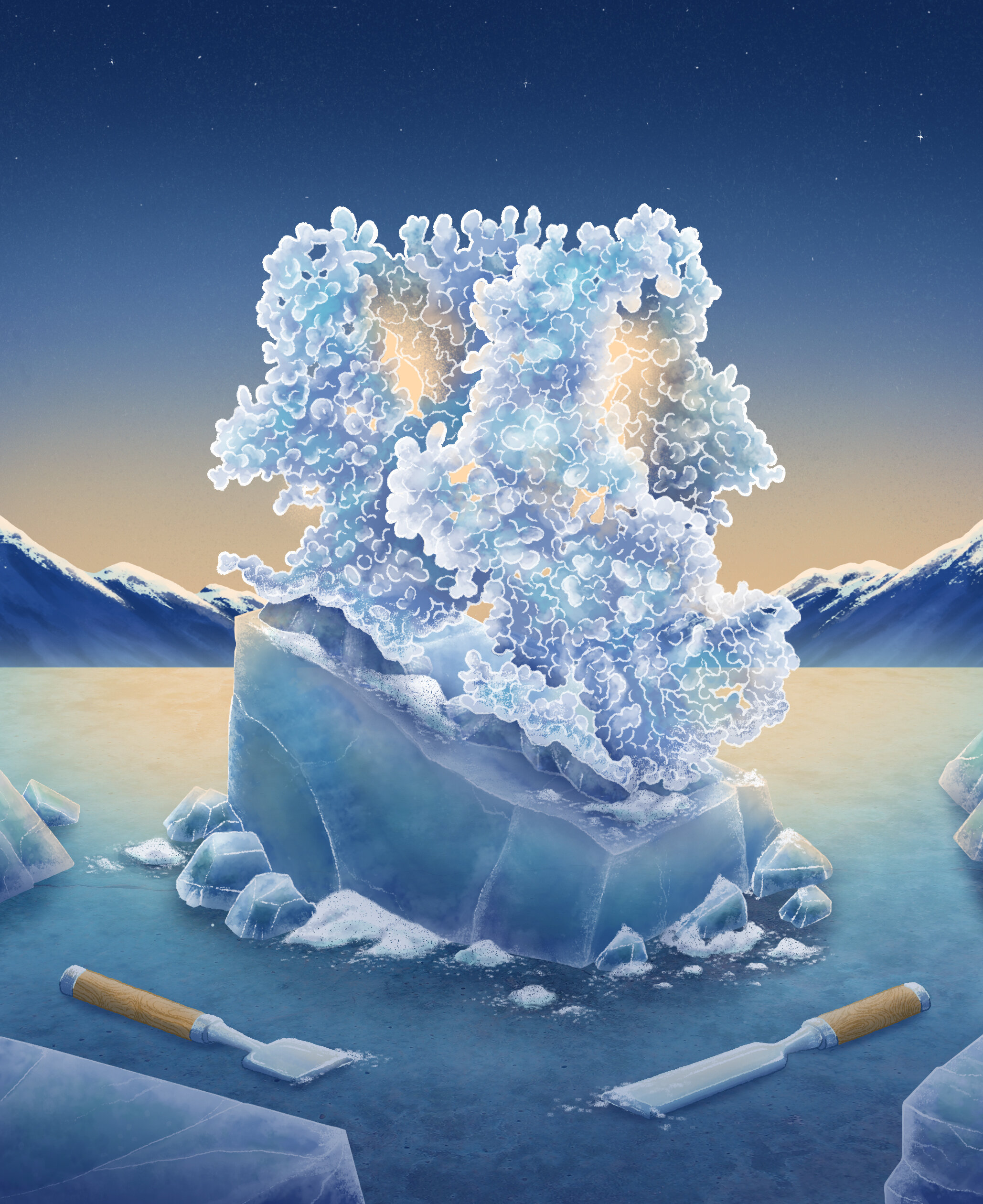Cryo-EM Reveals Cold-sensing Cell Channels Manipulated by Chemicals to Induce Cold Sensation
 A team of researchers affiliated with the Duke University School of Medicine, Lehigh University and the National Institutes of Health has revealed the molecular means by which cold-sensing channels in cells are manipulated by certain chemicals to induce a cold sensation. The study is published in the journal Science.
A team of researchers affiliated with the Duke University School of Medicine, Lehigh University and the National Institutes of Health has revealed the molecular means by which cold-sensing channels in cells are manipulated by certain chemicals to induce a cold sensation. The study is published in the journal Science.
Prior research has shown that the sensation of coldness is mediated by transient receptor potential melastatin 8 (TRPM8) channels in cells. They respond to low temperatures and to chemicals such as those found in menthol. Prior research has also shown that movement through such channels is governed by ion gates. Research with avian subjects has led to theories about the molecular process involved in such channeling, but until now, it has not been observed directly in mammals.
The researchers used cryo-electron microscopy to get a close-up look at what happens in the channels when chemicals such as those found in menthol are introduced. Cryo-electron microscopy is a type of transmission electron microscopy that involves viewing material at very cold temperatures. Low temperatures are induced rapidly to prevent crystallization in the material. The researchers used this method to watch the activity surrounding ion gates that lead to their opening and closing. In their work, the researchers used the microscopy technique on mice subjects, capturing successive images of the ion gates as different chemicals were introduced.
One such chemical was a protein found in menthol called phosphatidylinositol-4,5-bisphosphate, better known as PIP2. The researchers were able to watch the protein bind to an ion gate and as the gate opened, allowing for movement through the channel, which would normally result in the mouse being able to feel the chilling sensation that menthol produces.
The work represents the first time that the molecular process of cell channel manipulation in cold-inducing sensations has been observed. It also provides the research community a better understanding of cold sensing in mammals in general and opens the door to possible development of therapies for treating ailments such as inflammation.
Image: The image is an interpretation of the role of the TRPM8 channel—the primary player responsible for cold sensation in humans. The concept of sculpting ice refers not only to the cold sensation itself triggered by the opening of this channel, but also to the process of discovering further how its complex structure works. Credit: Joana C. Carvalho
Source: Phys.org



